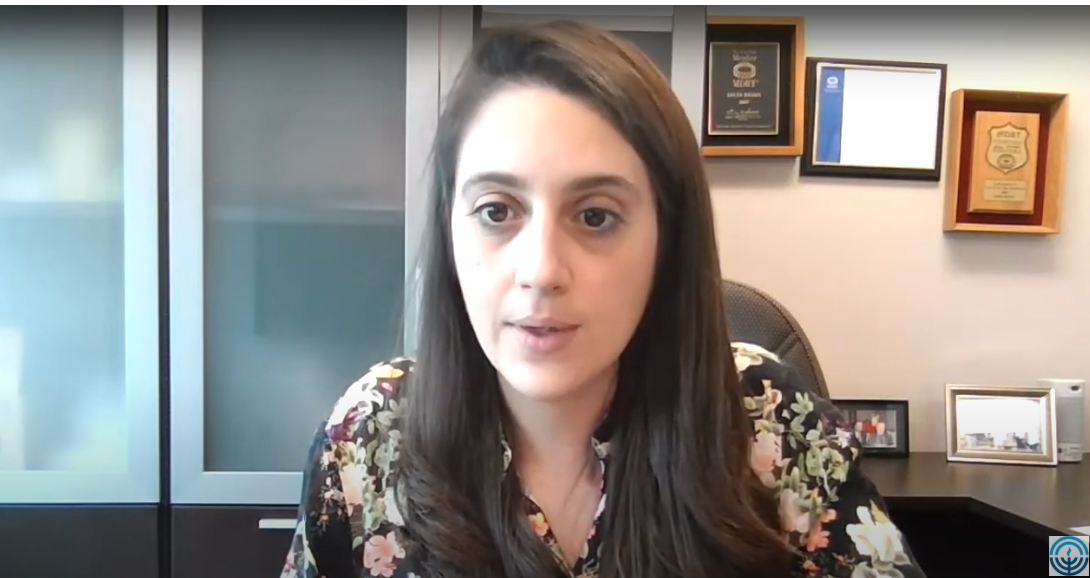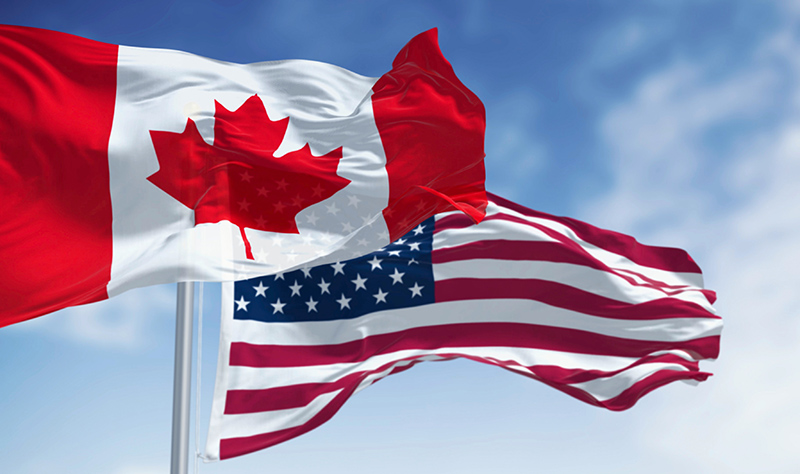Philanthropy runs deep in our firm’s history, just as it does in many of the families we serve. From the earliest days, my late father believed that meaningful giving was about more than tax receipts—it was about creating a legacy by showing future generations just how important it is to give back. One of the most powerful examples of this intergenerational commitment is the story of Mr. M, a client whose charitable impact continues to grow through the hands of his children and grandchildren.
A Legacy Begins
Mr. M first came to our firm in the 1950s for business and personal insurance planning. He shared a kindred spirit with my grandfather—both men rooted in community values and committed to giving back. In 1984, our firm assisted Mr. M in establishing a $500,000 life insurance policy payable to the Jewish Foundation—a forward-thinking gift in an era when charitable life insurance was still relatively rare.
A Pivotal Conversation
By 2007, the second generation of our firm—my father and aunt—were working closely with many longtime clients, including Mr. M and his son. That year, the Jewish Foundation met with Mr. M to review the existing policy. She suggested an additional bold step: transferring his private foundation, then valued at nearly $2 million, to the Jewish Foundation.
What followed was a series of conversations between Mr. M and my father, weighing the merits of staying with a bank-held foundation versus moving to the Jewish Foundation. Though my father was a seasoned advisor and member of the Foundation’s Professional Advisory Committee, he worked diligently to ensure Mr. M’s needs were fully understood and respected. It was a partnership built on trust and shared purpose.
Ultimately, it wasn’t the tax efficiency or investment strategy that guided Mr. M’s decision. It was the Foundation’s explicit commitment to involving the next generation in philanthropy. That was the factor that mattered most.
Carrying the Vision Forward
In 2014, three years after I joined the family business, we had the privilege of continuing this work with Mr. M’s son. We facilitated the donation of a new life insurance policy to the Jewish Foundation. Mr. M’s son, like his father, remained active in managing the family’s fund and committed to the same values of giving and continuity.
When Mr. M’s son passed away, we met with the third generation—his children—who would now manage the family’s fund. The payout from the second policy was added to the Foundation, and today, the fund is guided by the vision and participation of the third and even fourth generations of the family.
What We Learned
This case offers a blueprint for successful intergenerational philanthropy:
- Values, not just vehicles: While technical planning is essential, clients are deeply motivated by legacy and values. Helping them express those values through philanthropy fosters long-term commitment.
- Advisors and fundraisers, together: Collaboration between financial advisors and professional fundraisers leads to better outcomes. When we work as a team, we build plans that stand the test of time.
- Success is succession: The most enduring philanthropic impact happens when the next generation is invited early and meaningfully into the process.
Mr. M’s gift was never just a policy or a fund—it was a seed, passed from one generation to the next. Today, it continues to grow, nurtured by a family—and a team—committed to something bigger than themselves.
To explore how to engage your children in your giving plans, restructure your foundation for greater impact, or magnify your impact through life insurance, we’re here to guide the process. Conctact: info@algbrown.com
Q1: What role does collaboration between advisors and fundraisers play in philanthropic planning?
A: Collaboration is key. When financial advisors and professional fundraisers work together, they can align technical planning with a donor’s personal values and goals. This partnership often leads to stronger, more enduring giving strategies—especially when engaging multiple generations.
Q2: How can families begin intergenerational philanthropic planning?
A: The first step is having an open conversation about values and goals. From there, advisors can recommend tools like donor-advised funds or charitable life insurance, and help structure giving plans that include and empower children and grandchildren.
Q3: Is life insurance still a relevant tool for charitable giving today?
A: Absolutely. Charitable life insurance remains a powerful way to make a significant future gift with a relatively small current investment. Insurance can be a multiplier of your gift. It’s especially effective for clients who want to leave a legacy without affecting their estate’s financial security.
Q4: What’s the best way to engage the next generation in a family’s giving strategy?
A: Involve them early and meaningfully. Bring them into conversations, educate them on the family’s charitable history, and invite them to participate in decisions. Many donor-advised funds are designed to support this kind of multigenerational engagement.






